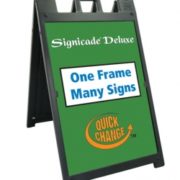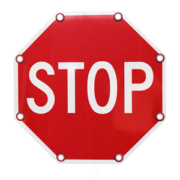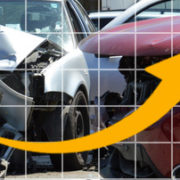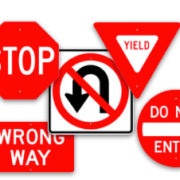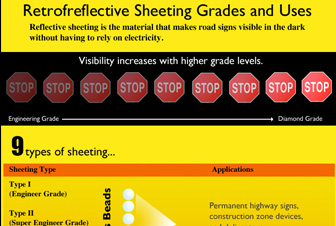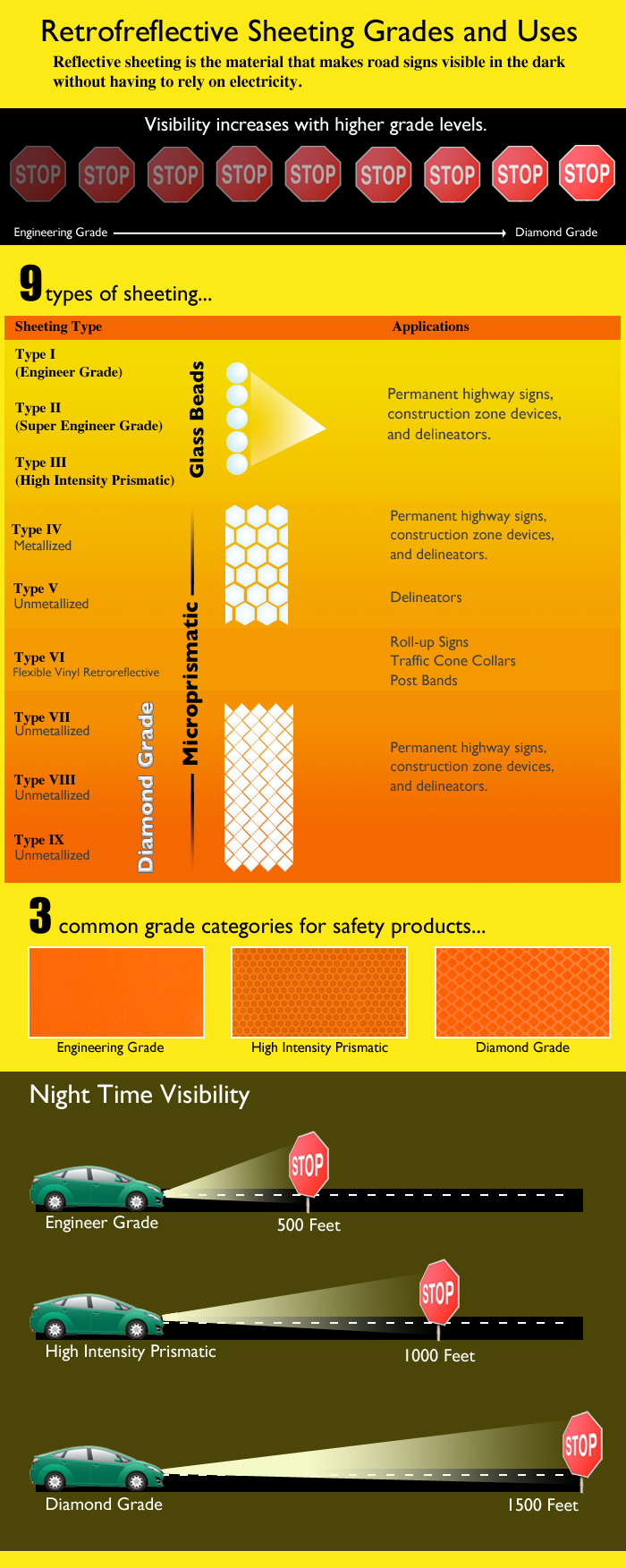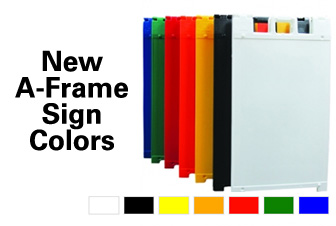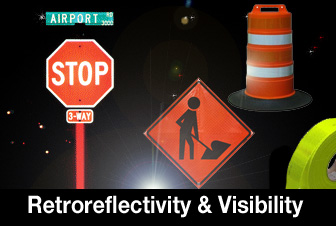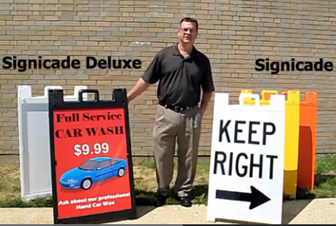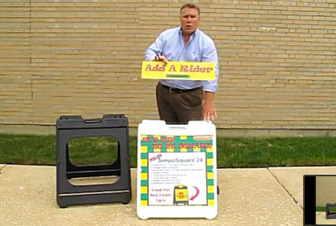When it comes to signage, grabbing attention is of vital importance. If you’re working with road signs or workplace signs, and are in need of something that stands out, LEDs may be your answer.
LEDs (light emitting diodes) are the superior alternative to incandescent lights because they produce a stronger light with less energy. This allows the lights, which do not burn through filament, to last longer and produce less waste. Not only do LEDs save you money, but they are also durable and do not produce UV emissions.
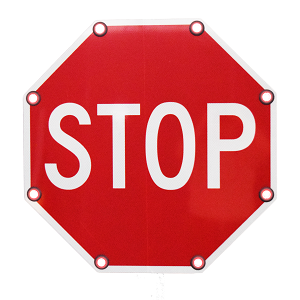
LED Traffic Signs
Road signs with LEDs grab the driver’s attention and help illuminate the message. They are often found at schools, on work sites, or at places where driver and pedestrian safety is of vital importance. Generally, 6-8 clusters of high-intensity flashing white LEDs will surround the edges of the aluminum sign, extending the visibility.
Directional light is most often used with LED signage, where the light is directed horizontally towards the recipient. Viewing directional light straight on will provide much more brightness than at an angle, so it may be important to understand the usage you’re looking to get out of your sign, so that you may mount and angle them appropriately.
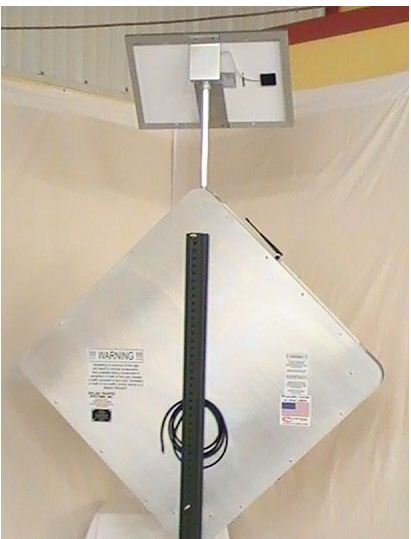
The Manual on Uniform Traffic Control Devices (MUTCD) specifies that LEDs should flash simultaneously between 50 and 60 times per minute, among other things. All LED traffic signs found in our store conform to the specifications of the Federal Highway Administration (FHWA), set forth in the MUTCD. LED traffic signs may be AC powered, battery powered or solar powered. The low powered lights allow for solar powered units to be an effective and energy efficient option.
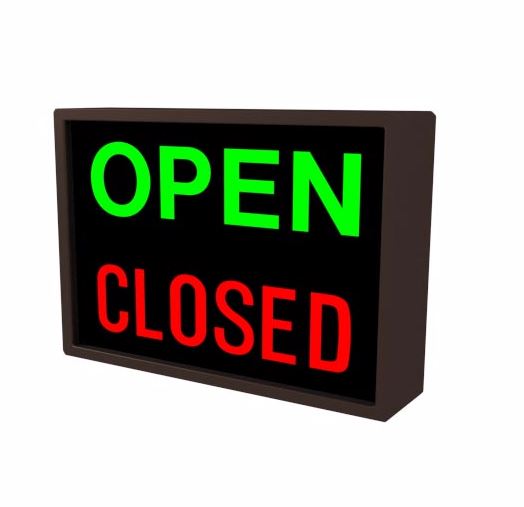
LED Display Signs
LED display signs go by many different names and are illuminated in a number of manners. They are made of many smaller LEDs grouped together that form a message or image when powered on. Some are backlit, meaning the black background is also illuminated. Others have a solid black background that does not light up with the letters. These display signs are usually mounted from the ceiling, wall or on a pole, and are AC powered.
When it comes to ideal viewing distances, the pixel pitch can help you determine the proper resolution. The pixel pitch of an LED refers to how spread out the pixels are. Signs with less distance between pixels will have more detailed resolution, ideal for close viewing distances. Display LEDs usually are grouped together in threes: a red, blue and green LED. Many display LEDs come with preset messages and colors.
View LED Signs at Traffic Safety Warehouse: http://www.trafficsafetywarehouse.com/LED-Traffic-Signs-LED-Signal-Signs/products/75/


